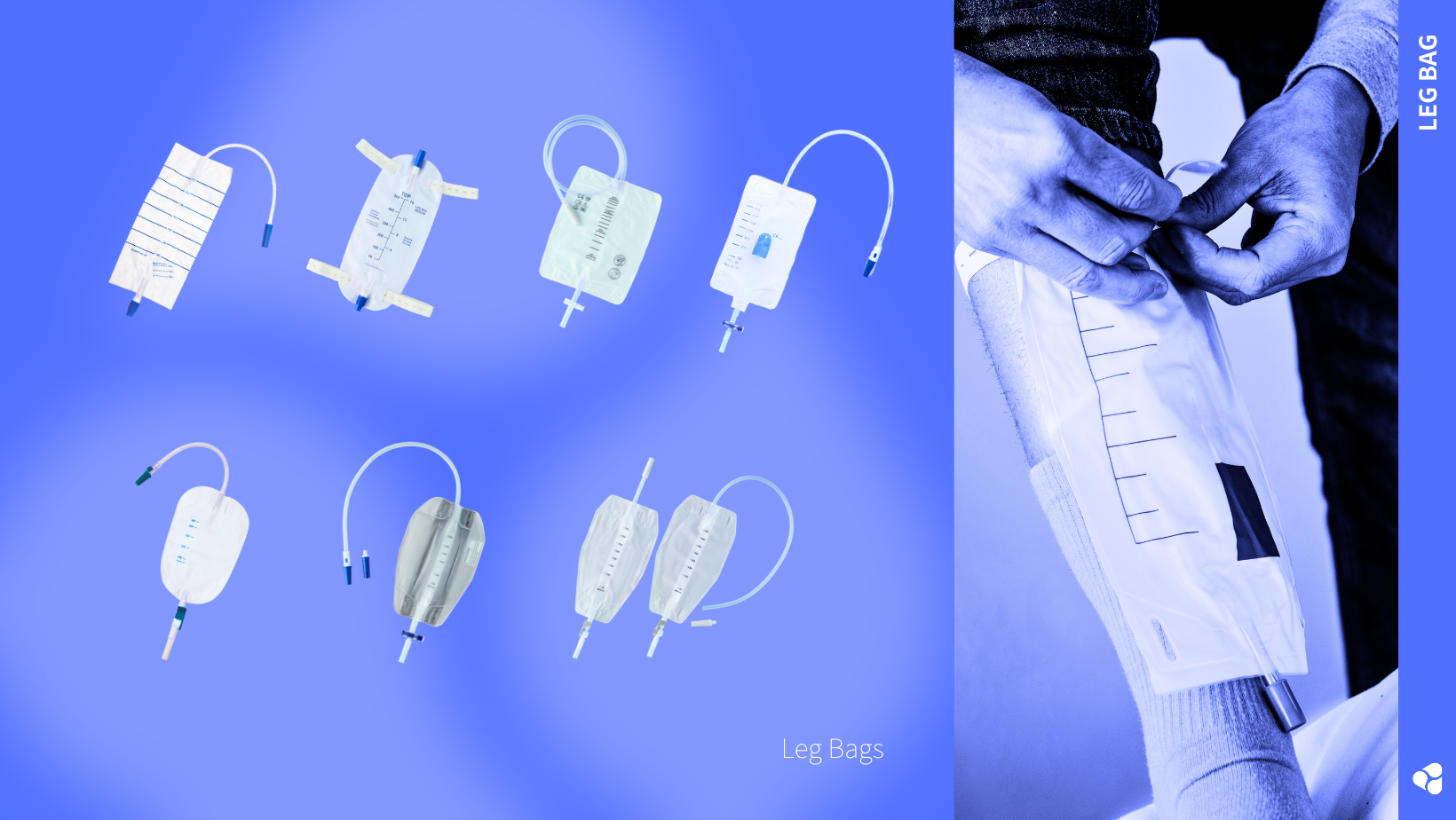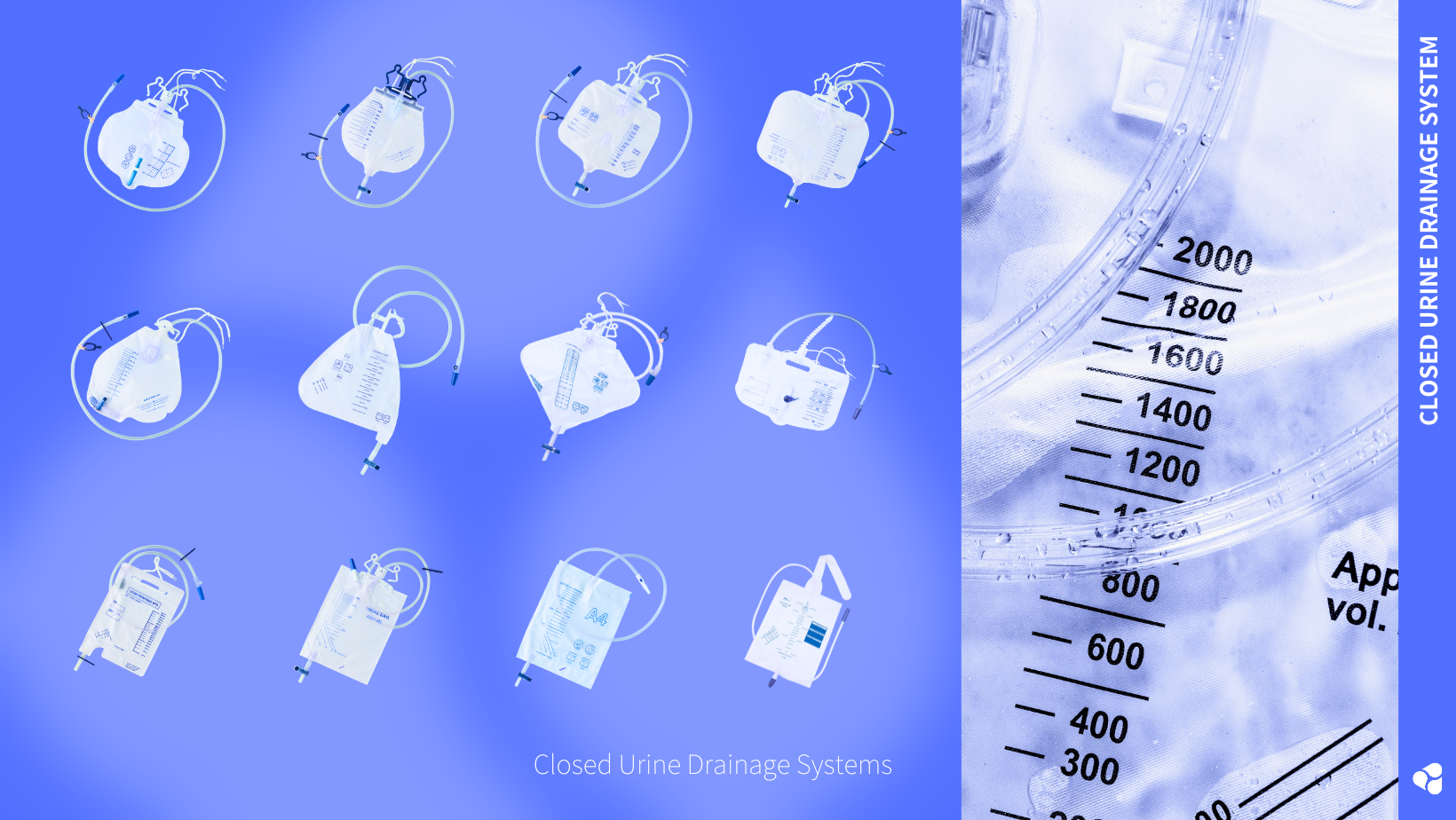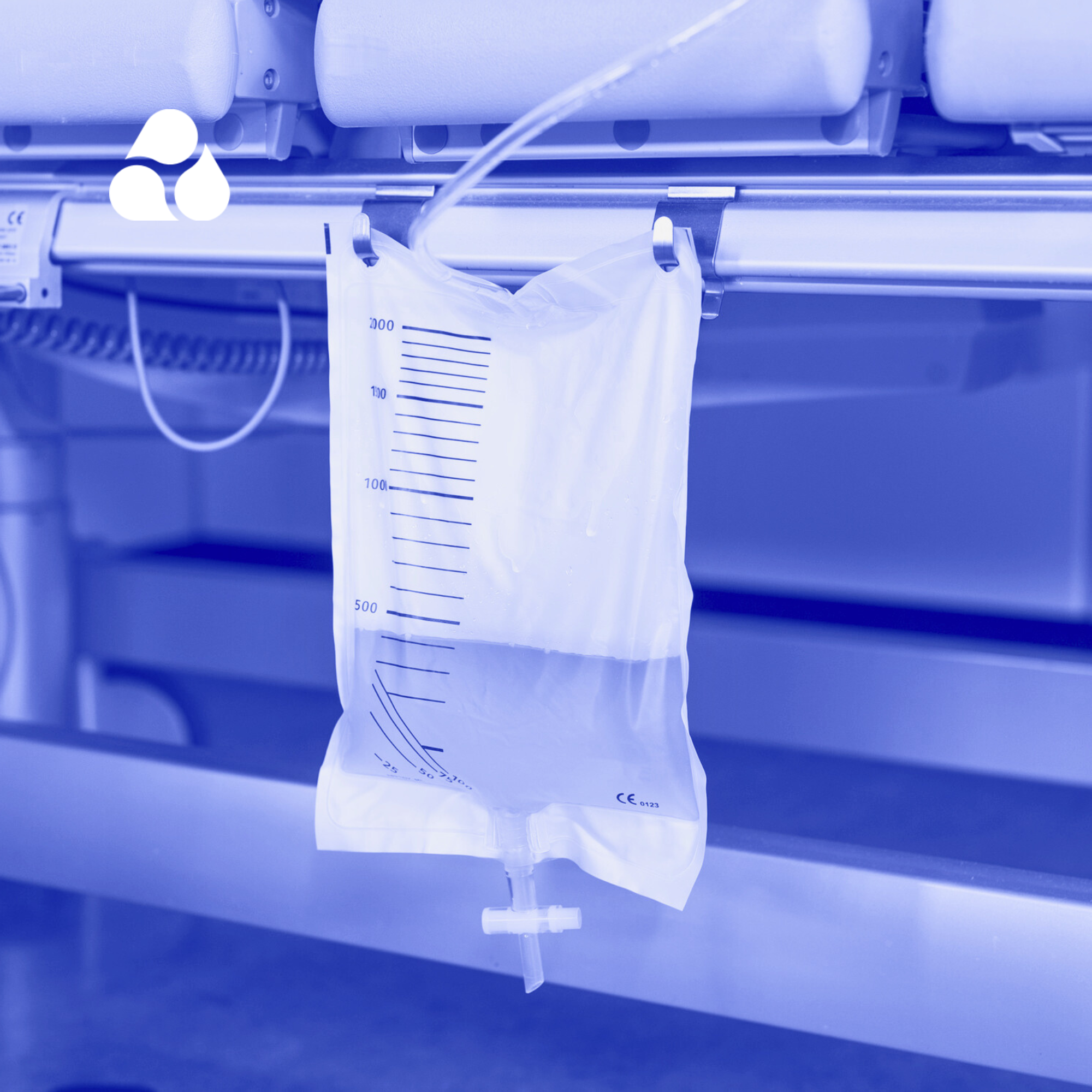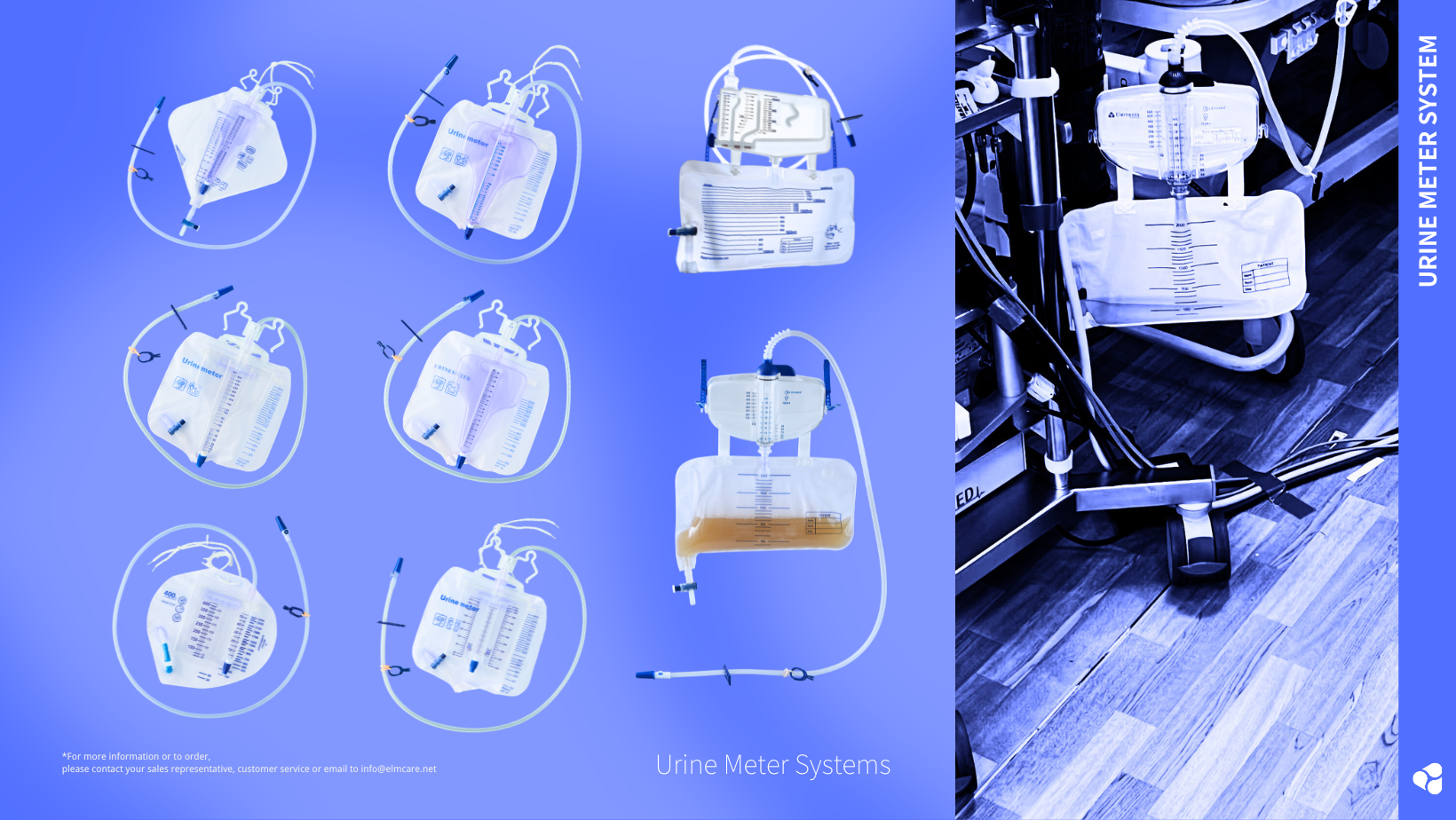A Comprehensive Overview of Urinary Bag Types and Their Differences
Urinary bags are essential medical devices used in various healthcare settings to manage urine collection and drainage. They come in different types, each designed to meet specific medical needs and patient requirements. Understanding the various types of urinary bags and their distinctions is crucial for healthcare professionals to provide optimal patient care. This article delves into the primary types of urinary bags and highlights their unique features and applications.
1. Leg Bags
Description: Leg bags are small, portable urinary bags designed to be worn on the thigh or calf. They are connected to a catheter, which drains urine from the bladder into the bag.
Key Features:
- Mobility: Their compact size and secure straps make them ideal for patients who are mobile and wish to maintain an active lifestyle.
- Discreetness: They can be easily concealed under clothing, providing privacy for the user.
- Capacity: Typically hold between 500-800 milliliters of urine, suitable for daytime use.
- Drainage Valve: Equipped with a drainage valve at the bottom for easy emptying.
Applications: Used primarily by ambulatory patients with urinary incontinence or those requiring continuous drainage post-surgery.

2. Bedside Bags
Description: Bedside bags are larger capacity urinary bags designed for patients who are bedridden or have limited mobility. They are usually placed beside the bed and connected to a catheter.
Key Features:
- High Capacity: Can hold up to 2000 milliliters of urine, reducing the frequency of emptying.
- Anti-Reflux Valve: Prevents urine backflow, minimizing the risk of infections.
- Graduated Markings: Clear markings for monitoring urine output, crucial for patient assessment.
- Long Tubing: Allows for convenient placement on a bed or wheelchair.
Applications: Ideal for patients in hospitals, long-term care facilities, or at home who need continuous drainage.

3. Night Bags
Description: Night bags are designed for overnight use, providing higher capacity and secure attachment for uninterrupted sleep.
Key Features:
- Large Capacity: Typically holds up to 2000 milliliters of urine, ensuring adequate capacity throughout the night.
- Secure Connectors: Ensures the catheter remains securely attached, preventing leaks.
- Sturdy Construction: Made from durable materials to withstand prolonged use.
Applications: Used by patients requiring continuous drainage during the night, often in conjunction with leg bags for daytime use.

4. Urine Meters
Description: Urine meters are specialized urinary bags with an integrated measuring chamber, allowing for precise monitoring of urine output.
Key Features:
- Accurate Measurement: Provides exact urine volume measurements, crucial for critical care and fluid management.
- Large Capacity: Typically includes both a measuring chamber and a larger collection bag, holding up to 2000 milliliters.
- Graduated Markings: Clear and precise graduations for easy monitoring.
- Anti-Reflux Mechanism: Prevents urine from flowing back into the catheter, reducing infection risk.

Applications: Primarily used in intensive care units (ICUs), postoperative care, and other settings where precise fluid balance is critical.
-
Choosing the Right Manufacturer for Your Business
넶6 2024-07-19 -
6 Ways to Cut Down Urinary Bag Costs
넶6 2024-07-19







